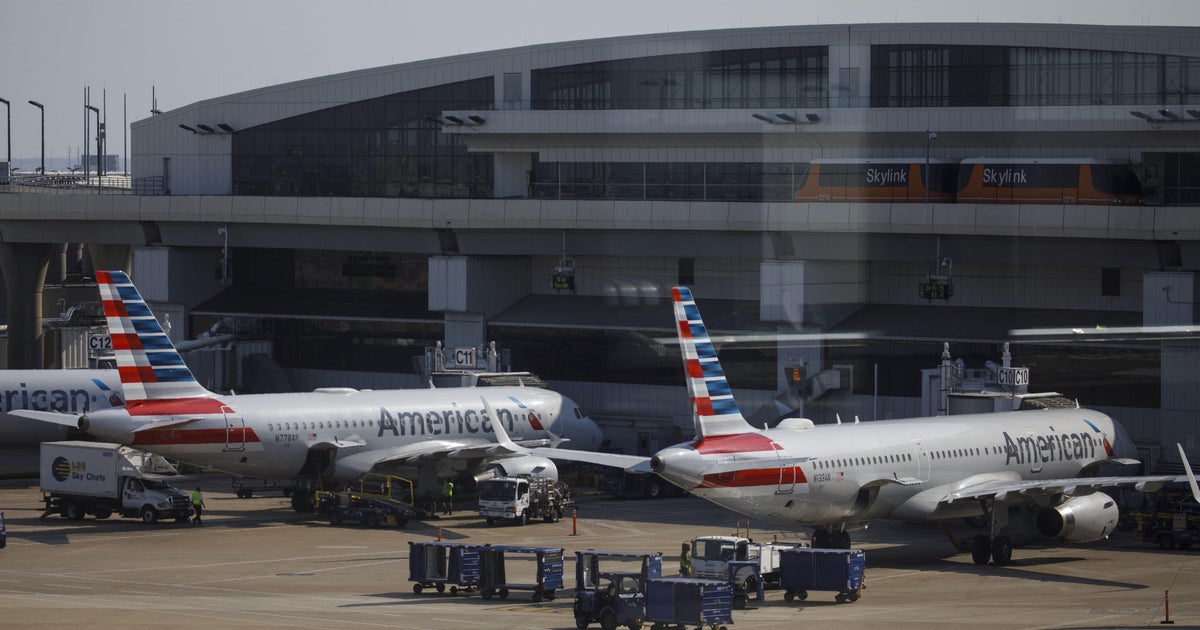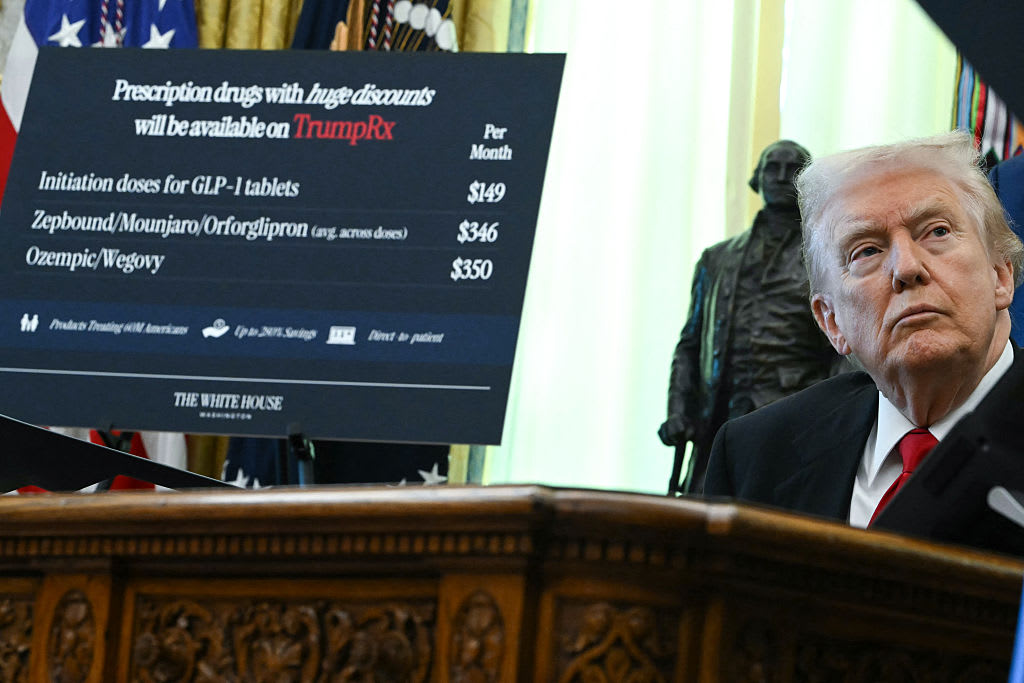Obamacare enrollment holds steady despite political turmoil
WASHINGTON - The political fracas over Obamacare isn't deterring Americans from enrolling in the federal health insurance program.
More than 600,000 people signed up for coverage under the Affordable Care Act (ACA) in the first week of open enrollment, the government said Thursday. That pace tracks with previous years despite efforts by President Donald Trump and Republican lawmakers to repeal the ACA.
Figures released by the Centers for Medicare and Medicaid Services showed that 601,462 people signed up Nov. 1-4 in the 39 states served by the federal HealthCare.gov website. Of those, about 77 percent were returning customers renewing their coverage, and about 23 percent were new consumers, a split that also mirrors previous years.
Sign-ups for states running their own health insurance markets are not usually included in the early data snapshot. That means that nationally, overall enrollment is higher than reflected in Thursday's statistics. Enacted under former President Barack Obama, the health law offers subsidized private insurance plans to people who don't have health coverage on the job.
Enrollment numbers are being closely watched this year because of the Trump administration's open disdain for the program.
President Donald Trump has repeatedly tweeted that "Obamacare" is collapsing or imploding, and abruptly stopped payments that reimburse insurers for providing lower copays and deductible, contributing to a spike in premiums for next year. His administration cut the sign-up season in half, slashed the advertising budget and dialed back on counselors that help consumers enroll.
But despite all the uproar, some independent analysts said they don't detect any dramatic impact on the program, at least not yet.
"If there was sabotage, you would expect to see these numbers substantially lower in the beginning of the year, because people wouldn't know it was open enrollment season," said Chris Sloan, a senior manager with the health industry consulting firm Avalere Health.
The numbers don't seem to indicate a surge in consumer interest either, he added. "If there was a surge, you would expect these numbers to be substantially higher," Sloan said.
Separately, a study of the federal HealthCare.gov website for The Associated Press by the technology firm Catchpoint Systems found it running smoothly. Catchpoint monitors consumer experience with major business websites.
The seemingly drama-free start to sign-up season doesn't mean an end to concerns about the Trump administration's stewardship of the program.
"There was a lot of confusion going into this open enrollment period," said Larry Levitt of the nonpartisan Kaiser Family Foundation.
Open enrollment ends much earlier this year, on Dec. 15. Since there's usually a surge of procrastinators at the end, what happens in the last week of sign-up season will be critical.
In counterpoint to the Trump administration's efforts to unravel "Obamacare," a quirk this year means that millions of consumers who are eligible for income-based financial assistance will have access to basic "bronze" plans for no monthly premium. Some experts have said that could lead to increased enrollment, but it's still too early to tell.
Many people who do sign up for Obamacare can expect steeper insurance rates next year -- but that doesn't always mean steeper costs. A recent Kaiser Family Foundation analysis found that premiums under the program will rise "substantially" in 2018 in states where enrollment is through HealthCare.gov.
Yet lower-income Obamacare participants who get tax credits can expect to see lower premiums next year compared with 2017 because those subsidies are rising, according to Kaiser. By contrast, consumers who don't qualify for a premium tax credit will see the most sticker shock.
The Kaiser analysis looked only at the lowest-cost plans in each of the bronze, silver and gold levels, and it found the average premium for bronze plans, which offer the highest deductibles and least comprehensive coverage, will rise 17 percent. The lowest-cost gold plans, which provide much lower deductibles and more comprehensive coverage, will have an average premium increase of 19 percent.
As a result, a 40-year-old individual making $35,000 will on average pay 7 percent less for her share of the lowest-cost silver plan premium in 2018 when tax credits are taken into consideration. Lower-income individuals would receive even more in tax credits and thus pay less in premiums.





